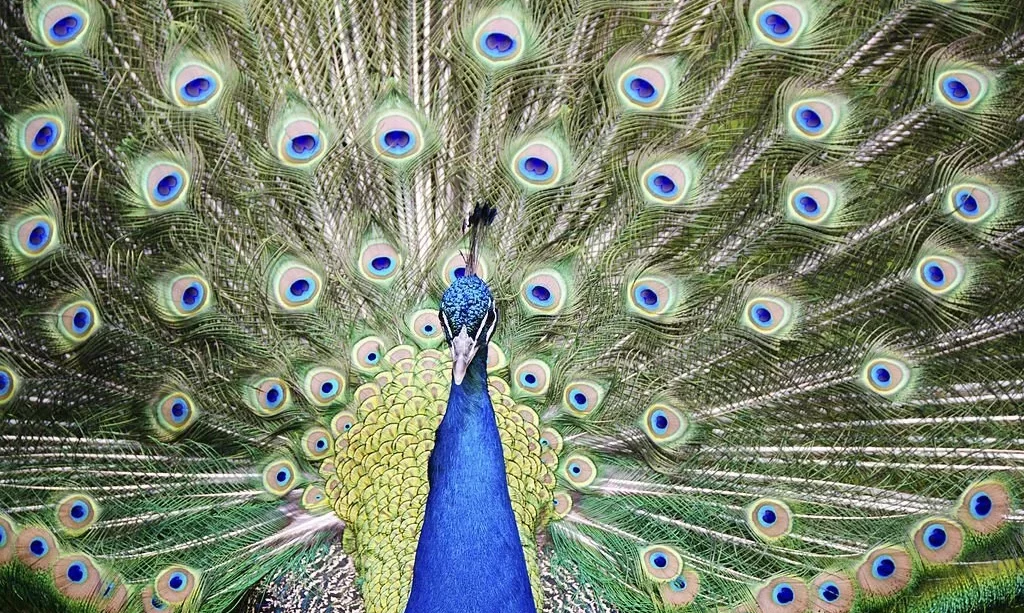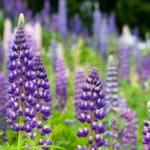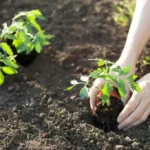The vivid, iridescent plumage and mesmerizing feather displays of peacocks have made them iconic symbols of grace and beauty in the avian world. These elegant birds, collectively known as peafowl, are a source of fascination for bird enthusiasts and nature lovers. However, beneath their captivating exterior lies a complex set of behaviors and characteristics that give rise to an intriguing question: Are peacocks aggressive? The prevailing image of peacocks is one of peace and tranquility, but a deeper exploration reveals that these birds have nuances in their behavior. In this examination, we delve into the behavior and characteristics of peafowl, uncovering the intricacies of their actions and shedding light on their aggression, particularly during the crucial mating season. Let’s embark on a journey to understand peafowl better.
Peafowl Behavior and Characteristics
Peafowl, scientifically named Pavo, encompass three species: the Indian peafowl, the Green peafowl, and the Congo peafowl. They are renowned for their vibrant plumage, which is a hallmark of their attractiveness and courtship rituals. These birds are inherently social, often forming groups in the wild. Their behavior includes foraging on the ground for seeds, insects, and small invertebrates. While peafowl are predominantly non-migratory, they exhibit seasonal patterns that influence their behavior. Understanding these fundamental characteristics of peafowl is essential to dissect their behavior, including potential aggression.
Mating Season and Aggressive Behavior
One of the most prominent aspects of peafowl behavior is the onset of the mating season. During this time, which typically occurs in the spring, male peacocks undergo a transformation in behavior. As the pursuit of attracting peahens intensifies, males become territorial and assertive. Aggressive displays among male peacocks become more frequent as they compete for the attention of female peahens. These displays involve vocalizations, such as loud calls and trumpeting, along with the iconic and mesmerizing plumage displays. The seemingly aggressive nature of these behaviors is primarily driven by the need to establish dominance and win the favor of potential mates. Understanding this aspect of peafowl behavior during mating season is crucial in determining whether they can be considered aggressive birds.
Aggression Among Peacocks
The aggression among male peacocks during mating season is a notable and captivating aspect of their behavior. Territorial disputes often unfold, with males defending their chosen areas from potential rivals. These disputes may escalate into confrontations, with peacocks chasing, challenging, or even engaging in physical interactions with each other. These actions are all part of the courtship ritual, where each male strives to outshine the competition. The striking plumage displays, accompanied by loud calls and fluffed feathers, are expressions of dominance aimed at capturing the attention of nearby peahens. While these displays can appear aggressive, they are fundamentally driven by the desire to attract potential mates and establish hierarchy within the peacock community.
Interaction with Humans
In contrast to their interactions with other peacocks during mating season, peafowls’ behavior when encountering humans tends to be quite distinct. These birds often display a curious and inquisitive nature when encountering people. They may approach humans, displaying their magnificent plumage, especially in the hope of receiving food. While such interactions can be perceived as assertive or invasive, it’s essential to recognize that this behavior is typically motivated by curiosity and the possibility of obtaining food. Peafowls are not inherently aggressive toward humans, and their interactions are generally marked by a lack of hostility.
Dealing with Aggressive Peacocks
When it comes to managing potentially aggressive behavior among peacocks, especially during mating season, a few practical steps can be taken. First and foremost, it’s advisable to maintain a safe distance and avoid provoking or challenging these birds, as they may perceive humans as rivals or threats. Feeding them can sometimes intensify assertive behavior, so refraining from providing food can help mitigate confrontations. In cases where aggressive behavior becomes a recurring issue, it may be necessary to consult local authorities or wildlife experts to address the situation effectively. Understanding that aggressive behavior among peacocks is often directed at other peacocks during mating season and not typically aimed at humans is essential for coexisting harmoniously with these captivating birds.
Conclusion
The question of whether peacocks are aggressive birds is multifaceted. While they do exhibit notable aggression, especially among males during mating season, it is essential to contextualize this behavior. The aggression observed during courtship rituals is primarily driven by the need to attract mates and establish dominance within the peacock community. In interactions with humans, peafowls typically display curiosity and a lack of inherent aggression. Recognizing these distinctions in behavior and understanding that peacocks’ assertive actions are part of their complex and fascinating courtship rituals allows us to appreciate these birds for their unique nature and to coexist with them peacefully.



